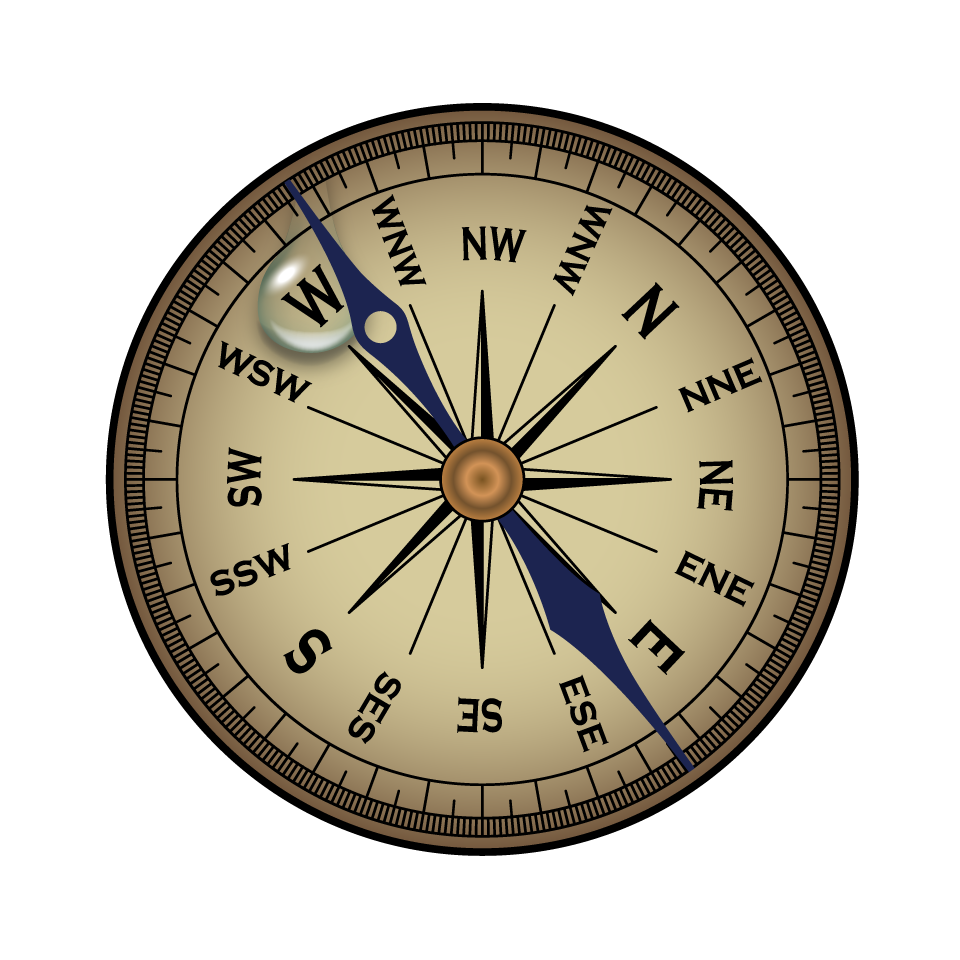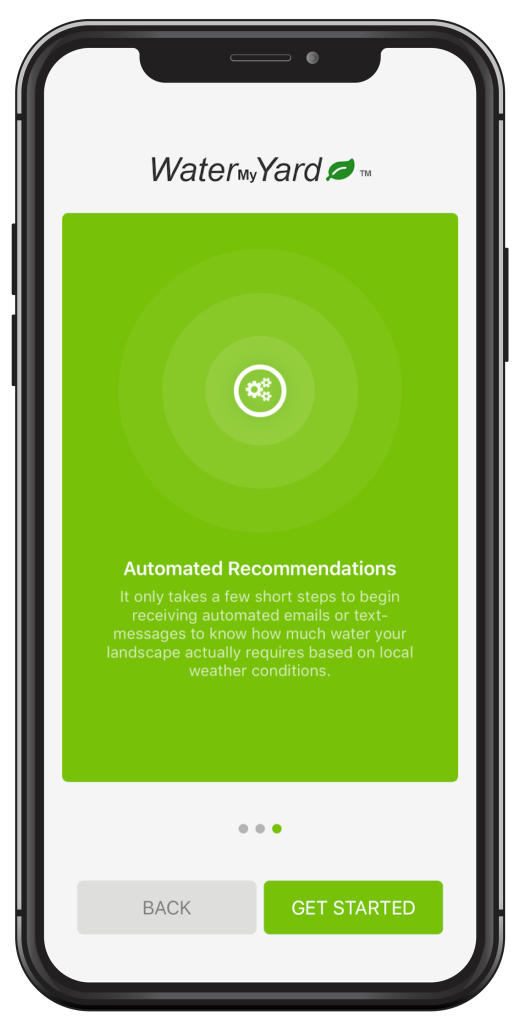The Harris-Galveston Subsidence District (Subsidence District or HGSD) was created by the Texas Legislature in 1975 as the first entity of its kind in the U.S. with the power to restrict groundwater withdrawals and prevent subsidence. Initially, the Subsidence District addressed the severe subsidence occurring in the Baytown-Pasadena-Galveston area — where whole subdivisions had to be abandoned after sinking below sea level — by requiring industries on the Houston Ship Channel to convert to surface water. The results were dramatic — subsidence in the Baytown-Pasadena area was significantly improved, and has since been largely halted altogether. Next, the municipal utility districts (MUDs), cities and private well owners in north and west parts of Harris County were told that they must use 80 percent surface water by 2035.
As it grew increasingly clear in the latter part of the 20th Century that the Houston-Galveston region needed to reduce its dependence on groundwater, the City of Houston started deactivating its water wells and building water treatment plants that could purify surface water from lakes and rivers.
The Harris-Galveston Subsidence District — a special purpose district created by the Texas Legislature in 1975, the first of its kind in the U.S. – was authorized to “end subsidence” and was armed with the power to restrict groundwater withdrawals. After the City of Houston converted areas along the Houston Ship Channel to surface water supplied from the recently completed Lake Livingston reservoir, subsidence in the Baytown-Pasadena area was dramatically improved and has since been largely halted. But as subsidence was stabilizing in the coastal areas, groundwater levels in inland areas north and west of the City of Houston were rapidly declining.
The Harris-Galveston Subsidence District’s goal was to achieve the same improvements in west and north Harris County so water providers were told to seriously cut back on pumping groundwater from wells and to replace it with surface water. The Subsidence District set deadlines: 1) Convert to 30 percent non-groundwater water use by 2010; 2) Convert to 60 percent non-groundwater water use by 2025; and, 3) Convert to 80 percent non-groundwater use by 2035. Failure to reach these goals would trigger payment of steep penalties.




